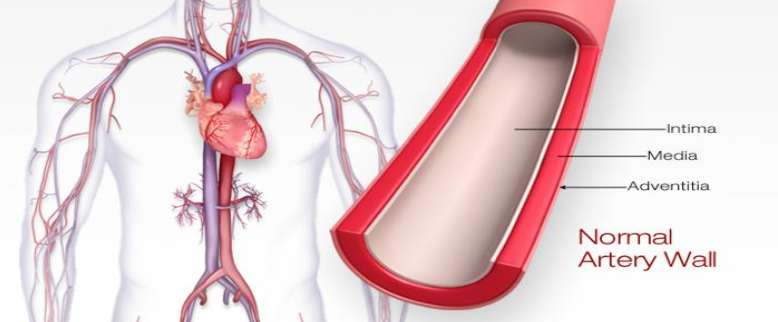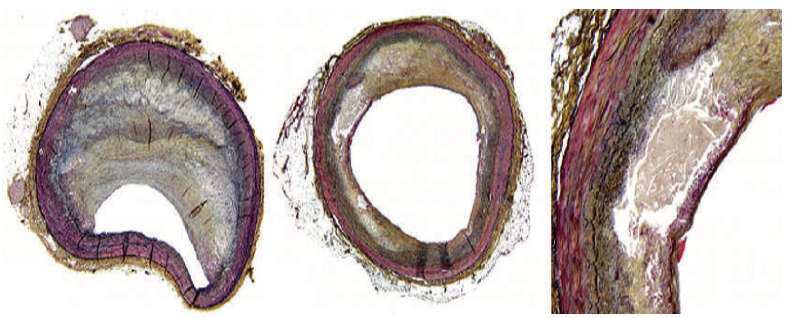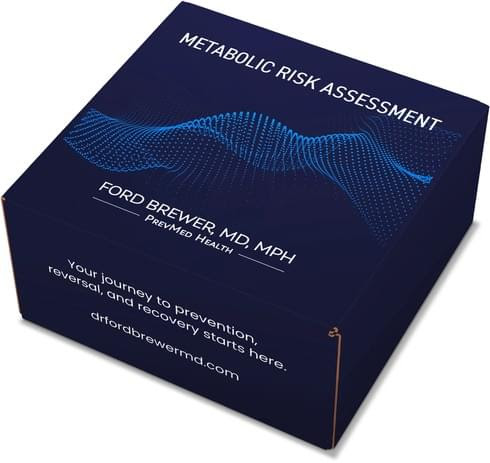Cardiovascular Inflammation Course
FORD BREWER, MD MPH
Arteries: Structure and Function

It is important to understand first the structure of the artery to understand the concepts and processes discussed in this course.
Arteries are blood vessels that transport oxygenated blood away from the heart toward the different parts of the body. They supply critical things, like oxygen, energy, and materials for growth and repair of cells. Without those things, cells wouldn’t grow or survive. Only a few cells in the body do not have arterial supply. Examples include some cartilage and tendons. They tend to grow very slowly, and they get their materials from fluid bathing the joint.
An artery looks like a tube. The space inside the tube is known as the LUMEN—it is the part of the artery where the blood flows. The artery itself is made of 3 main layers:
- The innermost layer that lines the lumen is called the INTIMA. It is also known as the “endothelial layer” or “endothelium” since it is composed of endothelial cells.
- Surrounding the intima is the MEDIA, which is a muscular layer. It is composed of smooth muscle cells which provide the support and strength that the vessel needs to carry blood. Without the media layer, the blood inside the artery could burst out.
- The outermost layer of the artery is the ADVENTITIA.
Clot Formation from Liquid Lipid Necrotic Core
Plaque formation occurs in the space between the intima and media. Most people believe that the cause of heart attacks is due to the build-up of plaque in this sub-endothelial space, which causes the lumen to narrow. This seems logical, but that’s not what is actually happening.
If this is the way a heart attack happens, then we should be able to predict which arteries are about to close off. That way, we could direct surgery or stents to prevent heart attacks and strokes. Have you ever wondered why we can’t do that? It because there is one element that is unknown—there is a chance that a clot may develop from plaques. How?
Our immune systems recognize this plaque as something that shouldn’t be in the artery wall. The immune system then does what it always does—it sends antibodies and inflammatory cells (like monocytes and neutrophils) to attack, digest, and remove this plaque. This process of attack and digestion by the immune system is what we call inflammation.
The released enzymes will dissolve the plaque. This liquid plaque has a couple of other names—hot plaque or “a liquid lipid core with necrotic cell tissue” (necrotic simply means dead). The end goal for the immune system is to simply retain the liquid, digested plaque along with the spent inflammatory cells.
Now here’s the problem: Many of the enzymes and other biochemical by-products of the inflammation process can touch blood cells and cause clots. Once the hot plaque gets into the bloodstream and gets in contact with blood cells, the blood cells can form a clot that may lead to a heart attack or stroke.

